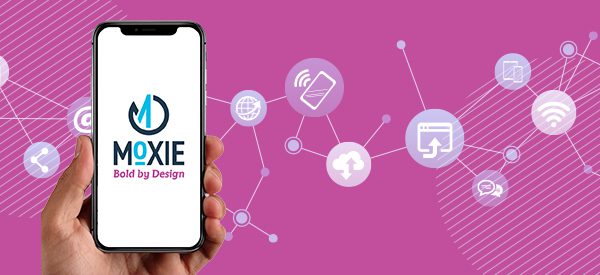With today’s advanced B2B buying behavior, a sales approach that doesn’t include a proper marketing strategy will prove fruitless. When there are multiple stakeholders involved in purchase decisions, it’s even more important to equip sales teams with content that helps them tell the story and connects with their audience.
The disconnect of sales and marketing teams working in silos within a business is not a new issue. While sales and marketing teams have the similar goals of growing the business and increasing sales and revenue, they also have distinct roles. The sales team is responsible for building the customer relationship while introducing solutions for pain points. Meanwhile, the marketing team is focused on brand work that accurately portrays the product and company. The gap between the two can be frustrating and inefficient, especially when your solutions are customized to the client.
How We Help Align Sales and Marketing
As a marketing and communication firm, we partner with clients of all sizes, organized in a variety of ways. Sometimes we engage with the marketers and technical teams behind product innovation. In this case, we develop the content strategy and provide the creative assets. However, we don’t develop any strategy without knowing the audience, competitors, goals and objectives, and sales channels. Much of this insight comes from their sales teams.
Other times, we work directly with our clients’ sales team when there is no internal marketing team. Essentially, Moxie is their internal marketing team. In this role, we know the questions to ask to glean the sales team knowledge. This helps us understand customer insights from which we build buyer personas that serve as the foundation of our marketing strategies.
We also have clients with marketing teams and no sales teams, in these cases we help the marketers find the best ways to deliver the right marketing messages, to the right people, in the right place, at the right time of the buyer journey.
Two Tools for Sales and Marketing Alignment
Whether you work for a company that has both a sales and marketing team or only one we recommend two tools to help set you on the path for greater sales success:
- Buyer personas: Understanding your target market is essential. Knowing the industries, demographics, and job titles of your decision makers enables you to create content that resonates and allows sales teams to develop the right strategies to reach this target audience.
- Sales templates: Every sales and marketing toolkit should have some customizable branded templates. Things inevitably pop up and having pre-designed templates for both sales and marketing teams allows the teams to keep the focus on the larger projects and goals. PowerPoint presentations and proposal documents are two great examples.
Two songs kept popping into my head as I wrote this blog: Jack Johnson’s “Better Together” and “It Takes Two” by Rob Base and DJ E-Z Rock. When it comes to sales and marketing, it really does take two, and we really are better together. Wow, those titles…they work!
If you’re ready to discuss personas or templates, reach out! Contact me, Michele, at michele.jensen@experiencemoxie.com.










